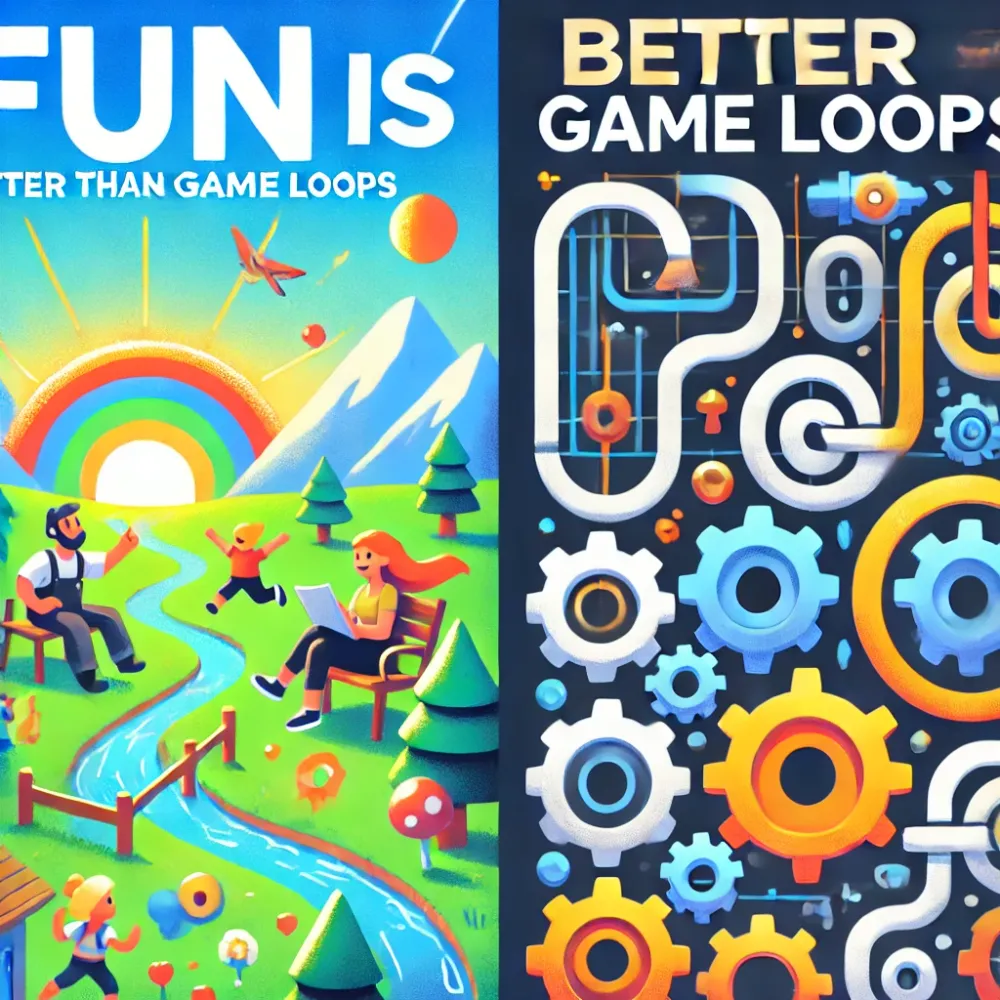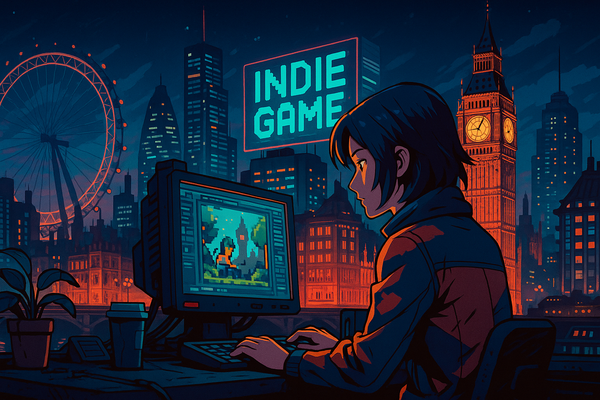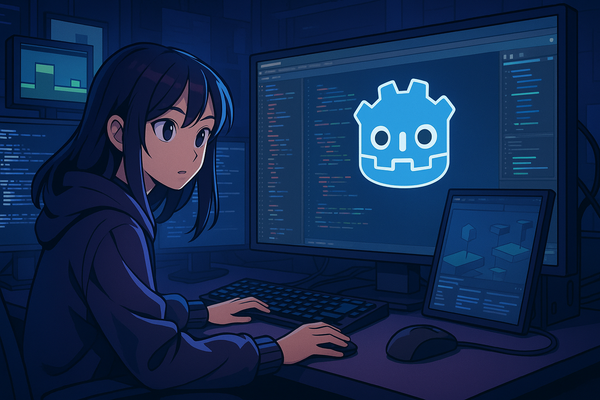Why fun is better than game loops in indie game development
In indie game development, there is often a focus on creating polished game loops—repetitive cycles of actions that keep players engaged. While game loops can provide structure and a sense of progression, there is a growing recognition that fun should take precedence over strictly adhering to these loops. Fun is the emotional core of any great game, and focusing on it can lead to deeper player engagement, better reception, and long-term success. Here’s why fun is better than game loops in indie game development.
The role of game loops
Game loops are fundamental in many games. They typically consist of a cycle of actions—such as exploring, fighting, leveling up, or collecting resources—that players repeat throughout the game. These loops can provide clarity, motivation, and satisfaction(GameAnalytics,Game Design Skills). When well-designed, they are essential to keeping players engaged over time.
For instance, a core loop in a game like Slay the Spire involves choosing cards, building decks, and battling enemies in repeated rounds, each time aiming for different outcomes. These mechanics give the player clear objectives and a sense of progress(Game Design Skills).
However, despite the utility of game loops, they are only a tool—one that can sometimes take away from the core experience if developers focus too much on the loop itself rather than the enjoyment the game provides (GameAnalytics,Polydin).
The limits of game loops
While loops create structure, focusing too much on them can lead to several issues that limit a game’s overall impact:
- Repetitiveness: Loops are, by their nature, repetitive. If not well-balanced, they can make the game feel like a grind, especially when progression is slow or if the loop becomes monotonous. Even games with highly refined mechanics can fall into the trap of over-relying on loops to the point where the core enjoyment diminishes(Game Design Skills).
- Player fatigue: In some cases, even a well-designed loop can lead to fatigue if players feel they are being funneled through the same actions repeatedly with little variation or novelty. When players start focusing on optimizing the loop, rather than enjoying the game, it becomes a chore instead of a source of joy(Polydin).
- Lack of innovation: Loops provide structure, but they can also stifle creativity if developers rely too heavily on established patterns. The most successful indie games are often those that break free from traditional loops and offer players more freedom, surprise, and engagement(Perforce).
The primacy of fun
At the heart of any successful game lies fun. Whether through storytelling, mechanics, or exploration, the best games keep players engaged because they are genuinely enjoyable, not just because they follow a structured loop. Fun is about emotional resonance, surprise, and freedom, and it’s this sense of joy that should take precedence when designing a game.
- Emotional engagement: A focus on fun allows for deeper emotional connections with players. Games like Journey or Gris resonate not because of their loops, but because they offer players unique and emotionally rewarding experiences that go beyond mechanics(Perforce,Polydin).
- Player freedom: Games that prioritize fun often give players more freedom to experiment, explore, and experience the game world at their own pace. This freedom can be especially important in indie games, where creativity and innovation are key to standing out in a crowded market(Perforce).
- Replayability through fun: While loops can drive replayability, it’s often the fun factor that keeps players coming back. Games like Hades or Celeste are enjoyable on multiple playthroughs not just because of their loops, but because the gameplay is fun at its core—offering tight mechanics, compelling narratives, and the joy of mastery(Polydin).
Balancing fun and loops in indie development
Achieving the right balance between fun and loops is crucial in indie game development. Loops provide structure and can drive engagement, but fun should always come first. Here’s how indie developers can focus on fun while still leveraging loops:
- Test for fun early: During prototyping, focus on finding what makes the game enjoyable. Is it the freedom to explore? The satisfaction of combat? The storytelling? Build your loops around these core fun elements, not the other way around(Perforce).
- Avoid over-structuring: Loops can become limiting if they are too rigid. Provide flexibility within loops to allow for player creativity and choice. This makes each iteration of the loop feel fresh and keeps players engaged(Polydin).
- Keep the player in mind: While loops are important from a design perspective, always ask: Is the player having fun? Loops should serve the player’s enjoyment, not dominate the design(GameAnalytics,Polydin).
Fun as the core of game design
While game loops provide valuable structure and clarity, fun should always be the primary focus in indie game development. A game that is fun will naturally engage players, encourage exploration, and foster a deeper emotional connection, leading to longer-lasting success. By prioritizing fun over rigid loops, indie developers can create games that stand out in a crowded market and leave a lasting impression on players.




